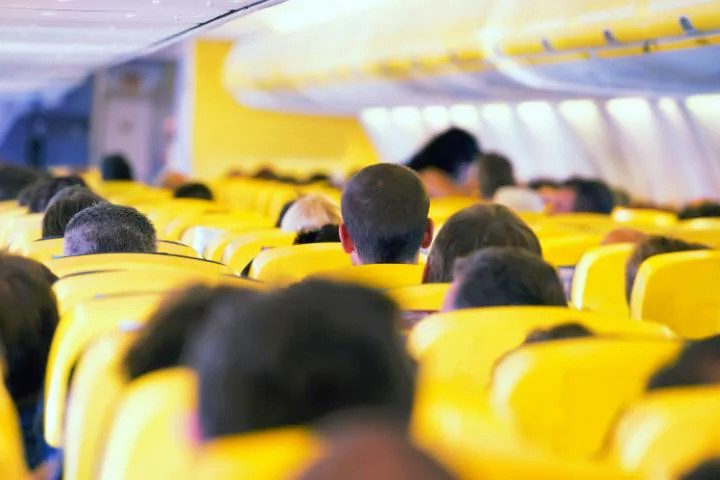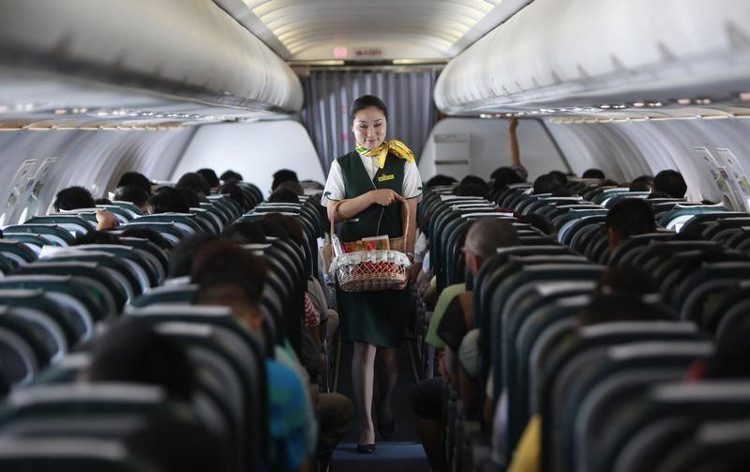This fact may make many people hesitant to fly again.
Imagine this – just imagine – you are a flight attendant serving on a flight at an altitude of thousands of meters. At that moment, you receive a report that a passenger has suffered a heart attack and cannot be revived. What will you do?
This scenario is not uncommon in reality. While it may be unsettling, many flight crews, pilots, and passengers have encountered situations where someone has died on board. “Given the large number of passengers flying every day and the increasing number of elderly people, I wouldn’t be surprised if such incidents happen frequently,” said commercial pilot Patrick Smith, as reported by Tech Insider.
Depending on the cause of death, the crew responds to the situation and follows different procedures according to their airline’s policies. Decisions such as diverting the flight are made on a case-by-case basis.
Typically, the crew and ground control work closely together to devise a specific action plan.
According to Smith, factors that may lead to a decision to divert the flight include the aircraft’s location, the events leading to the passenger’s death, and the equipment available to the crew.
In emergency situations, some airlines allow flight attendants to communicate directly with medical professionals on the ground, while others require the pilots to handle this communication.

This scenario is not uncommon in reality.
So how do airlines handle this situation?
Some people believe that a deceased passenger is placed in the restroom to avoid disturbing other passengers. However, this is actually a misconception; no one dares to do that.
According to a training expert for British Airways flight attendants: “You are not allowed to place a deceased passenger in the restroom. That is an extremely disrespectful act towards the deceased.”
Additionally, there is another reason: the body may stiffen and could become stuck on the restroom floor, especially during landing. If that happens, you might have to cut a part of the aircraft to remove the body.

So what should be done? Experts say that all airlines worldwide will simply choose a straightforward yet somewhat… macabre solution: placing the body back in its original seat.
“It’s simple; you just place the person back in their seat. I’ve witnessed a passenger having to sit next to a deceased person for hours. That experience is certainly not comfortable,” she stated.

The body will be placed back in the seat. (Illustrative image).
Once the deceased is settled, the flight attendants typically drape a blanket over the victim’s shoulders. If the incident occurs in first class (which often has a few empty seats in the back), the victim will be moved there, and surrounding passengers will be informed of the situation.
Other Handling Methods
In the past, flight attendants also had different ways of handling such situations, including hiding the facts from the other passengers on the flight. They would prop the deceased up and pretend they were just drunk.
“We would give them a few shots of vodka, a newspaper, and a pair of sunglasses – that’s what we used to do many years ago to make them look like they were still fine. We don’t do that anymore,” said a flight attendant from Emirates Airlines.

Flight attendants would act as if nothing happened.
Some aircraft today, such as the Airbus A340-500, have a designated area for deceased bodies at the rear of the plane. This is a compartment next to the emergency exit, long enough to accommodate a person of average height.
However, in general, whenever an unfortunate passenger passes away, the crew always does everything possible to handle the situation with the utmost delicacy and respect. If feasible, the body will be placed in an empty row of seats, covered respectfully. However, that optimal scenario rarely occurs.





















































